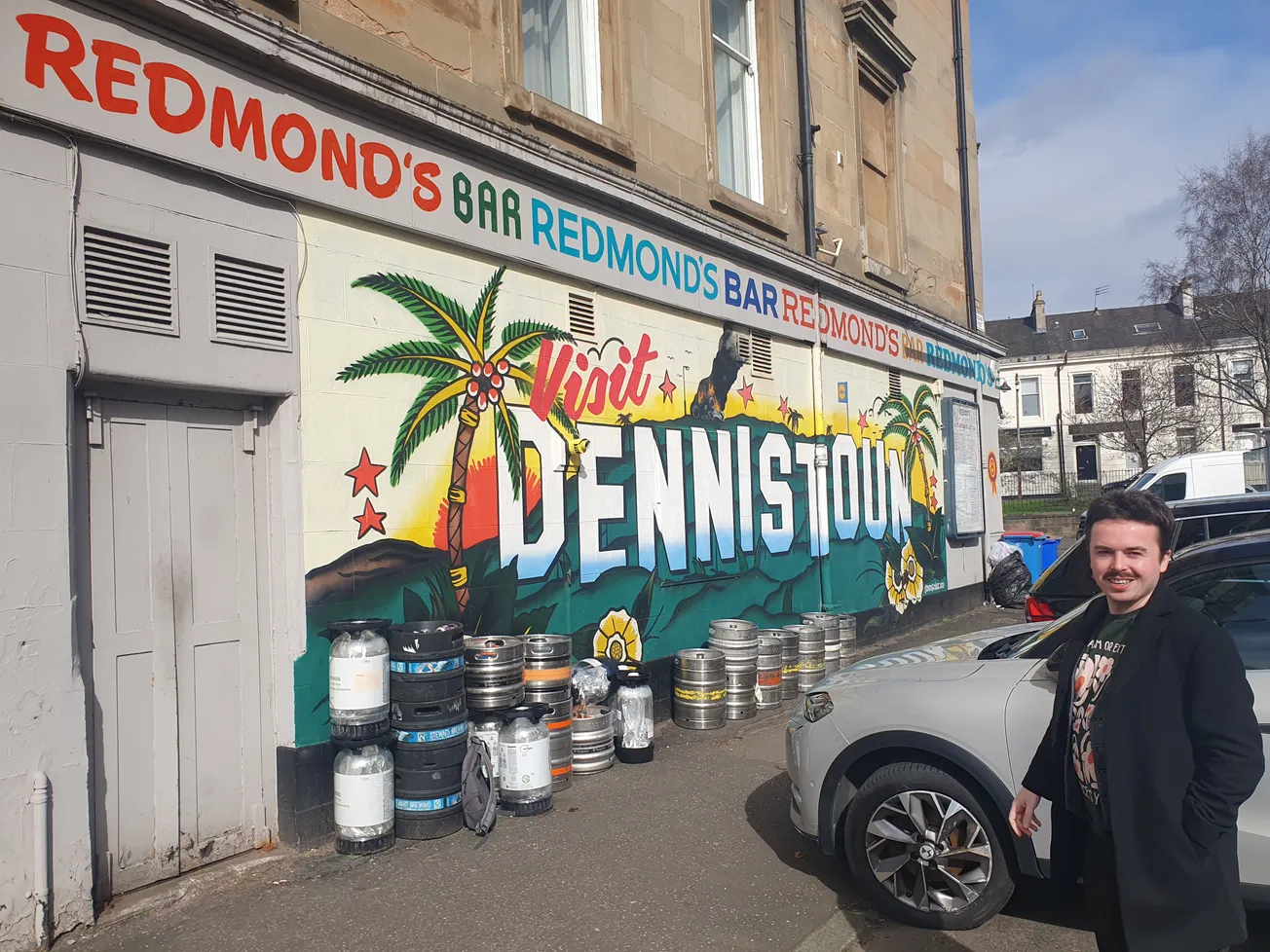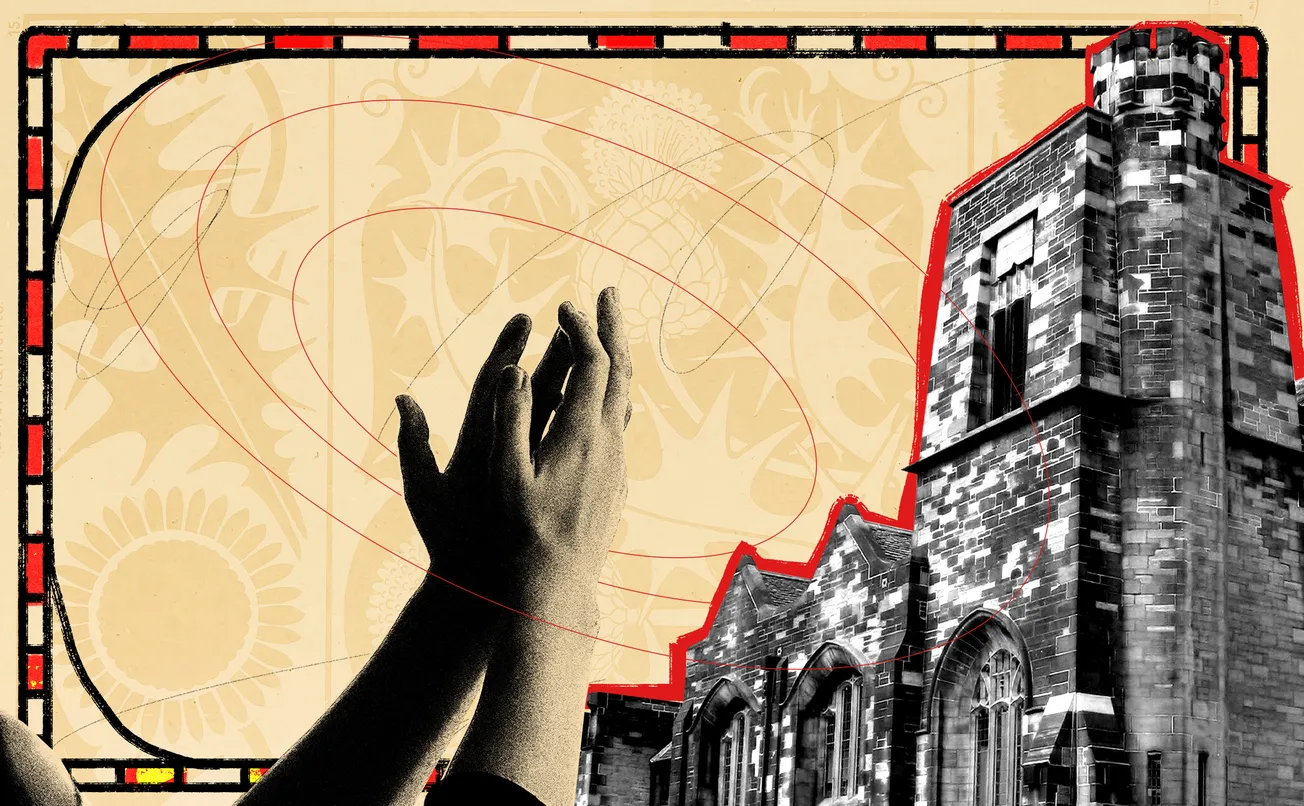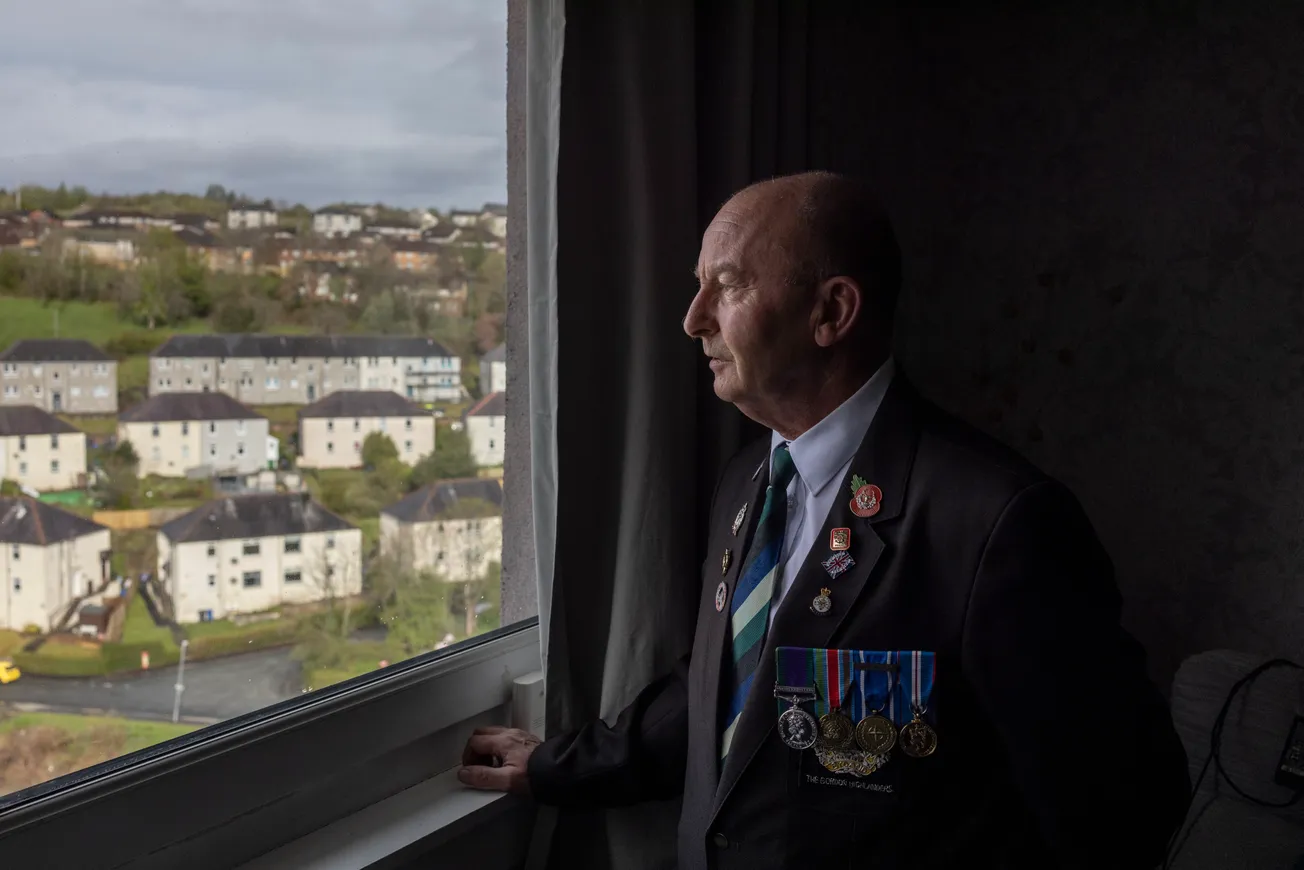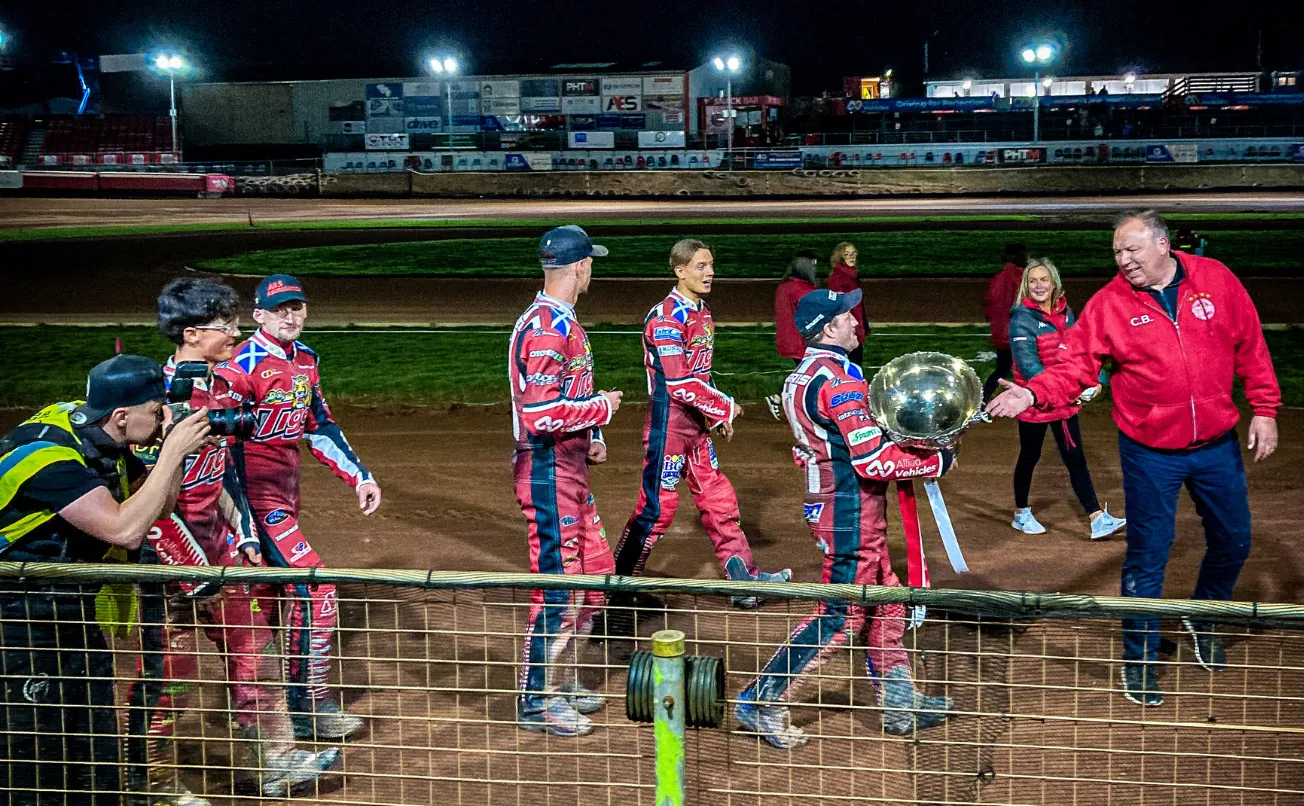For as long as I’ve lived in Glasgow, Dennistoun has been described as ‘up and coming’. Back in 2016, the property sector even said it outright. In a Savills list recommending the area to Glasgow’s “young professionals”, the estate agency ominously concluded that: “the market recognises Dennistoun’s potential”.
In more recent years, Dennistoun has started making its way onto ‘coolest neighbourhood’ lists and a raft of regeneration is taking place. Glasgow City Council’s multi-million pound Avenues project is currently giving the Dennistoun end of Duke Street a makeover, while blocks of glossy new-builds, like Calton Village, are going up just over the ward border. There’s investment in and around the area. I want to find out if Dennistoun has finally ‘come up’ — and what that means for the people who were there when the area was, supposedly, ‘down’.
I was last in Dennistoun for an extended period in 2017, staying on a friend’s couch whilst job hunting. Although I did end up working a couple days per week at a social care service in the neighbourhood, I simultaneously found a flat in Ibrox, so my Dennistoun experience didn’t go far beyond trips to the local chemist and rushed lunch breaks alternating between Lidl and Greggs. The facility where I worked was located in a grand mansion, built when Dennistoun was a by-word for affluence. Established in the mid-19th century as a middle and upper class suburb by merchant Alexander Dennistoun, it later became a popular residential hub for workers employed at various factories nearby.
When I arrive in Dennistoun, there’s a bouncier feel along Duke Street than I experienced in the winter of 2017, although this could perhaps be due to good weather. Spring has finally arrived. People are drinking coffee outside smart cafes and shoppers pause to natter on street corners. A middle-aged guy basking in the sun outside Ladbrokes is humming gently.
The first thing I clock is the plethora of independent coffee shops, often viewed as the harbingers of gentrification — as that’s what we’re really saying when we talk about an area being ‘on the up’. They seem more like symptoms: coffee shops often arrive in economically deprived urban areas following an influx of wealthier residents. With these new demographics comes an increase in property prices, displacing some already there.
The process certainly seems to have happened in Dennistoun: in 2021, the ward was found to have the biggest 20 year improvement in deprivation rankings across Glasgow. One key factor? “More affluent populations moving into new or converted housing”. There’s still stark contrasts though: the Scottish Index of Multiple Deprivation map, which measures levels of deprivation, reveal that The Drives — elegant tenement rows between Duke Street and Alexandra Parade — are an oasis of economically fortified blue, surrounded by splashes of dark red for more deprived zones.
Fergie, the tattooed owner of trendy Garthland Drive coffee shop Daily, has witnessed the change. Daily is relatively new, opening a couple of years ago, but Fergie isn’t; the 41-year-old is an East Ender, born and bred. “I wouldn’t want to open up a coffee shop anywhere else,” he smiles. How’s it going, I ask. “Really busy,” he laughs, “Can’t complain!” People appreciate that he’s a local, he says, but adds: “You probably hear old time East Enders saying, ‘oh gentrified.’” Fergie recalls an online comment about Daily. “‘Oh another fancy, wanky coffee shop’,” it read.
Comments
How to comment:
If you are already a member,
click here to sign in
and leave a comment.
If you aren't a member,
sign up here
to be able to leave a comment.
To add your photo, click here to create a profile on Gravatar.






